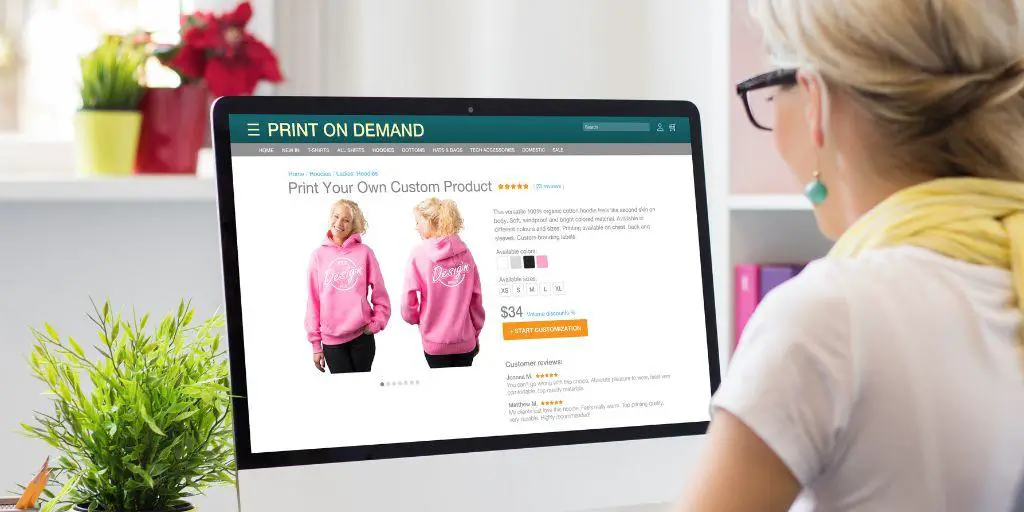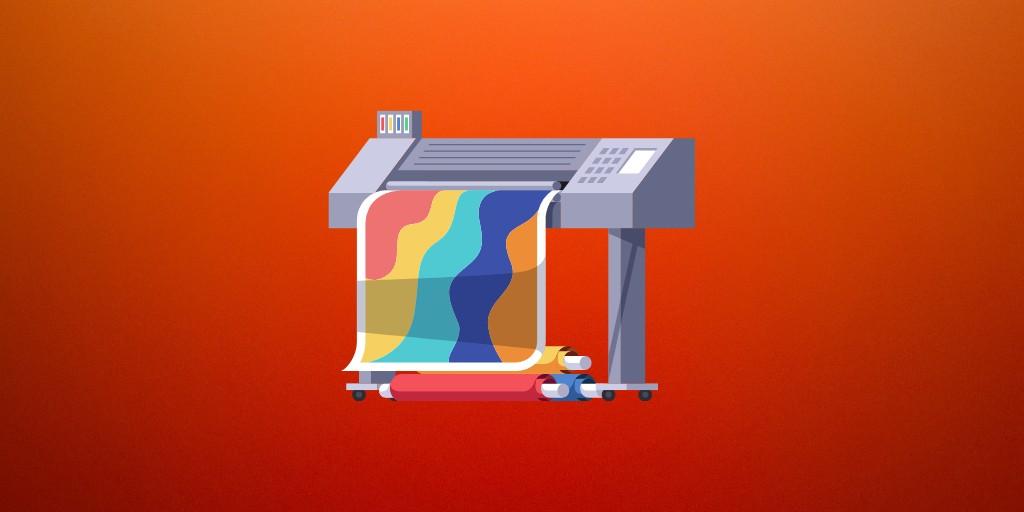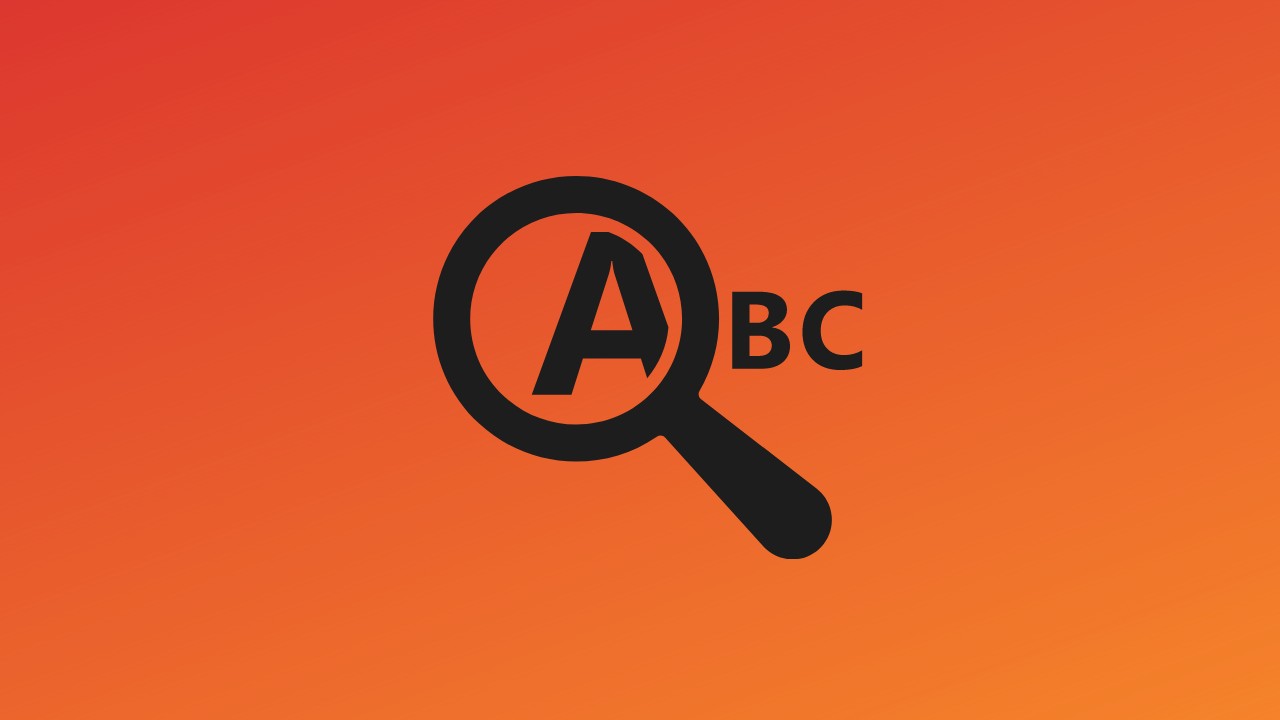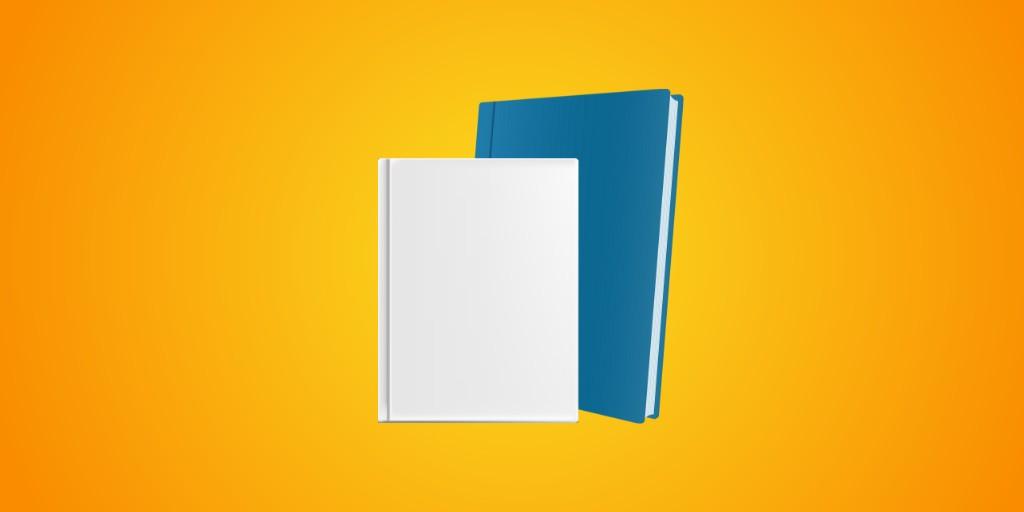Printing methods have come a long way since the time of the Gutenberg press.
Now, we have a host of options available to choose from, each offering its own unique benefits and drawbacks.
Amongst these, print-on-demand and traditional printing are two of the most sought-after methods today.
But what exactly are these two methods and how do they differ from one another?
In this article, I will explore the differences between print-on-demand and traditional printing and help you determine which method is best for you.
Print-on-Demand: A Definition

Print-on-demand (POD) is a printing method that only produces a product when an order is placed.
This simply means that there is no need for inventory, which saves both time and money.
With print-on-demand, a customer can place an order for a product and have it printed and shipped within a matter of days.
And this is important to understand. You are not printing the product until the
Traditional Printing: A Definition
Traditional printing, on the other hand, is a more conventional method of printing.
With this method, you are printing a large number of products at once and then storing them until they are sold. This method is often used for products that are in high demand, such as books and magazines.
Advantages of Print-on-Demand
One of the main advantages of print-on-demand is, of course, cost-effectiveness.
This is because POD eliminates the need for large initial investments in inventory.
Additionally, print-on-demand provides a quick turnaround time, allowing customers to receive their products within a few days.
Another advantage of print-on-demand is its customization and personalization options. And this is hugely profitable when you sell on marketplaces like Etsy.
Just imagine, that you are giving the customer the option to change the name, color, or image of the product you are selling.
As a designer, you can print your product with custom designs, logos, and text, allowing for a high degree of personalization and helping to create a strong brand identity.
Advantages of Traditional Printing
On the other hand, traditional printing is a more cost-effective option for large runs, since you get a discount when ordering a large number of units for your inventory.
Additionally, traditional printing often offers a higher quality of printing and a wider variety of options, such as special finishes, compared to Print on Demand (POD).
Another advantage of traditional printing is that you are working with an established printing network and supply chain.
This means that traditional printers have access to a wide range of materials and equipment, allowing them to offer a wider range of products and services.
Comparing Print-on-Demand and Traditional Printing

By understanding the differences between these two methods you can make the right decision.
However, below I will list the most important factors you should take into account when making the choice.
Production Process
Print-on-demand and traditional printing differ in the production process to a great extent. With POD, digital files are used for creating the product, whereas offset and screen printing is generally used for traditional printing.
This means that traditional printing often has a longer setup time and a higher cost per unit, but can produce a higher quality of printing.
Quality of Printing
The quality of printing can vary greatly between print-on-demand and traditional printing.
POD printing can suffer from lower quality due to the technology used, while traditional printing may offer higher quality results due to advanced and better equipment and materials.
Turnaround Time
Turnaround time is another key factor. POD has always been the go-to option for roles that require expedited delivery.
Since it only produces a product upon receipt of an order, it can do so much more quickly than traditional printing methods which may take weeks to manufacture huge amounts of goods.
Cost-Effectiveness
As mentioned earlier, POD is often more cost-effective for small runs, while traditional printing is better for large runs. However, the cost per unit of traditional printing decreases as the quantity increases, while the cost per unit of POD remains constant.
Customization and Personalization
When talking about building a brand, POD offers an incredible opportunity.
With POD, you can have your products printed with custom designs, logos, and text that otherwise wouldn’t be possible using standard printing.
Inventory Management
With print-on-demand, there is no need to have an inventory, as products are only produced when an order is placed. This saves time and money, as well as reduces the risk of unsold inventory.
On the other hand, traditional printing requires the storage of large quantities of inventory, which can be costly and time-consuming.
Factors to Consider When Choosing Between Print-on-Demand and Traditional Printing
When choosing between print-on-demand and traditional printing, it is important to consider your specific needs and requirements.
Here are some of the key factors to consider:
- Quantity: The quantity needed is a major factor to consider when choosing between POD and traditional printing. If you only need a small number of products, POD may be the better option, while large runs are more cost-effective with traditional printing.
- Quality: The quality of printing is also important to consider. If you need high-quality printing with special finishes, traditional printing may be the better option. However, if you are looking for a quick and cost-effective solution, POD may be the way to go.
- Turnaround Time: If you need your products quickly, POD may be the better option, as it has a much quicker turnaround time. However, if you are willing to wait for higher-quality printing, traditional printing may be the better choice.
- Cost: The cost of the project is a major factor to consider when choosing between POD and traditional printing. If cost is a concern, POD may be the better option, especially for small runs. However, traditional printing may be more cost effective for large runs.
- Customization and Personalization: If you need to have your products printed with your own designs, logos, and text, POD may be the better option, as it offers more customization and personalization options.
- Inventory Management: If you want to minimize the time and cost of storing large quantities of inventory, POD may be the better choice, as it eliminates the need for inventory storage.
Conclusion
In my opinion, both print-on-demand and traditional printing have their own advantages and disadvantages.
When choosing between the two, it is important to consider your specific needs and requirements for your business.
By considering the factors mentioned in this article, you can determine which method is best for you and ensure that your project is a success.
BONUS FOR YOU: Get the Digital Product Starter Kit and start building your own online business today.
Here Are Some of My Favorite Tools For Print-on-demand
As a graphic designer and POD seller, I’ve had the opportunity to discover different helpful products and tools that can be time-saving and make the process of creating your designs a bit smoother.
DESIGNS: Kittl (best for t-shirt designs), Vexels (for professional designs), Placeit (for unique product mockups)
GRAPHICS: Creative Fabrica (cheapest marketplace), Envato Elements (more variety)
SELLING DESIGNS: Freepik (for beginners), Creative Fabrica (for advanced graphic designers)
SELLING LOW-CONTENT BOOKS – Book Bolt (budget option)
ETSY:
- Research – Alura (best), EverBee ( beginners), Sale Samurai (cheap)
- Fulfillment – Printul (beginners), or Printify (advanced).
Disclosure: Some of the links above may contain affiliate partnerships, meaning, at no additional cost to you, NechEmpire may earn a commission if you click through to make a purchase.
- Find Any Brand Logo in Canva With Brandfetch App - May 2, 2025
- The Simple Guide to Kerning in Canva - May 1, 2025
- How to Use the Slice Effect on a Photo in Canva - April 30, 2025






